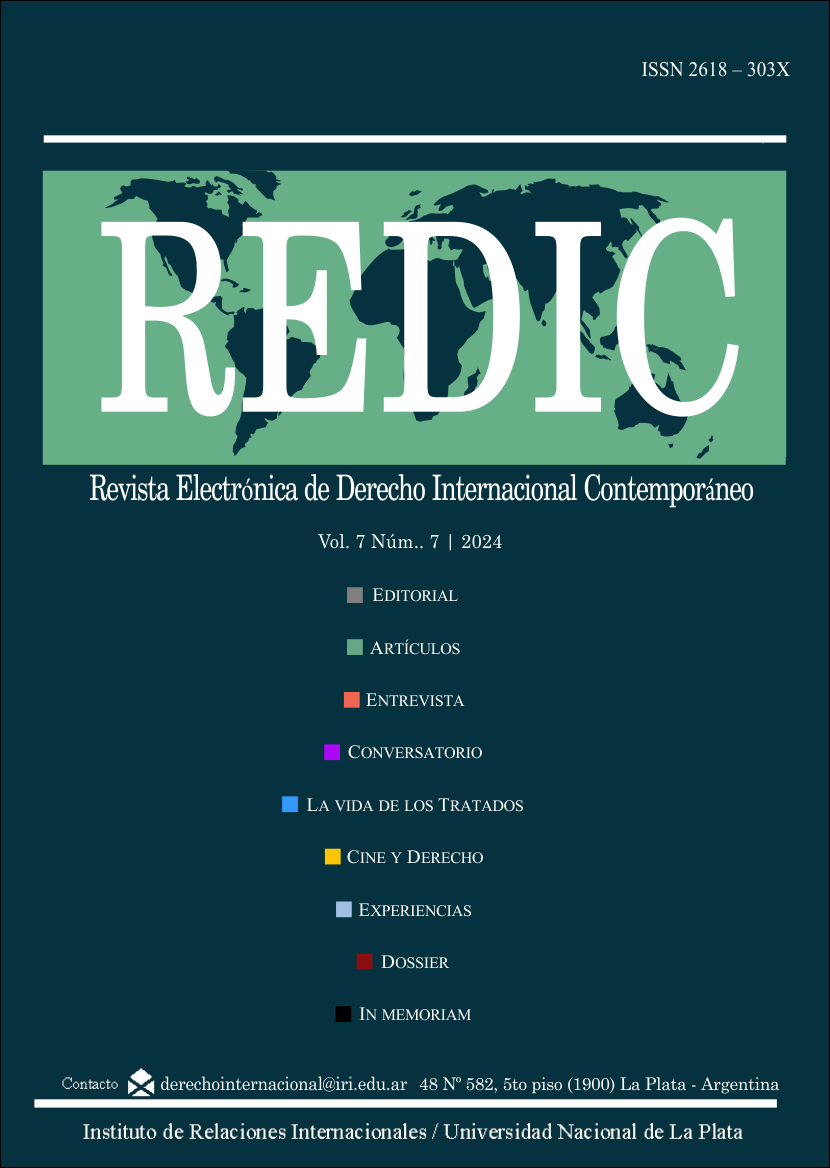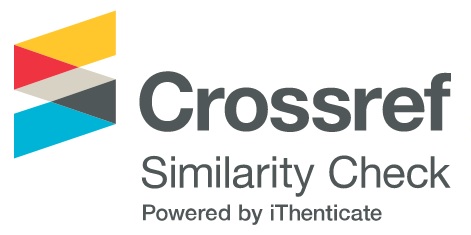Exploring restorative justice utopia at the International Criminal Court
DOI:
https://doi.org/10.24215/2618303Xe073Keywords:
victims, reparation, reconciliation, punishmentAbstract
International criminal justice has, since World War II, focused on punishing those responsible for the crimes committed, giving victims a secondary role as witnesses. The Rome Statute has introduced a change by acknowledging victims' right to take on an active role in the process and to receive reparation, which has signaled a movement towards a more inclusive model. This approach has limitations, though, given that the system still focuses on retribution rather than on reparation and even less so on reconciliation. Restorative justice arises, then, as an alternative option seeking not only to punish but also to repair the damage caused and to restore the social network. This approach, which was proposed in such cases as Lubanga's, highlights victims' direct participation in both reparations and dialogs with offenders, thus encouraging reconciliation. Despite such advances as participation in the process and the creation of the Fund, the International Criminal Court faces challanges when attempting to implement a holistic restorative model. In order to move forward, certain reforms are proposed which may strengthen victims' roles duting all stages in the process, including restorative justice procedural mechanisms. These steps would be key to turn international criminal justice into an effective system in terms of victim-offender symmetry, thus leading to peace-making and non-repetition of crimes.
Downloads
References
Ambos, K. (2004). Derechos humanos y derecho penal internacional. Diálogo Político, 21(3), 85-115.
Armenta Deu, T. (2018). Justicia restaurativa, mediación penal y víctima: vinculación europea y análisis crítico. Revista General de Derecho Europeo, (44), 204-243.
Barona Vilar, S. (2014). Integración de la mediación en el moderno concepto de "Acces to Justice". Luces y sombras en Europa. Indret. Revista para el Análisis del Derecho, 4, 1-29.
Barona Vilar, S. (2019). Mediación y acuerdos reparatorios en la metamorfósica justicia penal del siglo XXI. Boletín Mexicano de Derecho Comparado, 1(155), 685-720. https://doi.org/10.22201/iij.24484873e.2019.155.14945
Bernuz Beneitez, M.J. y García Inda, A. (2015). Después de la violencia. Memoria y Justicia. Siglo del Hombre.
del Carpio Delgado, J. (2009). Las víctimas ante los tribunales penales internacionales "Ad hoc". Tirant lo Blanch.
Combs, N. A. (2007). Guilty Pleas in International Criminal Law: Constructing a Restorative Justice Approach. Stanford University Press.
Cuppini, A. (2021). A Restorative Response to Victims in Proceedings before the International Criminal Court: Reality or Chimaera? International Criminal Law Review, 21(2), 313-341. https://doi.org/10.1163/15718123-bja10041
Ferstman, C., Jasini, R. y Massidda, P. (2020). Advancing the Impact of the Victim Participation at the International Criminal Court: Bridging the Gap Between Research and Practice. Oxford University Press.
Gil Gandía, C. (2020). La reparación de las víctimas de crímenes internacionales y la Corte Penal Internacional. Thomson Reuters Aranzadi.
Moffett, L. (2012). The Role of Victims in the International Criminal Tribunals of the Second World War. International Criminal Law Review, 12(2), 245-270.
Moffett, L. (2014). Justice for victims before the International Criminal Court. Routledge.
Orihuela Calatayud, E. (2013). ¿Justicia restaurativa para las víctimas? El papel de la Corte Penal Internacional. En J. Soroeta Liceras (Coord.), Conflictos, nuevos colonialismos y derechos humanos en una sociedad internacional en crisis (pp. 23-82). Aranzadi.
Van Boven, T. (2009). Victims’ Rights and Interests in the International Criminal Court. En J. Doria, H.-P. Gasser y M. C. Bassiouni (Eds.), The Legal Regime of the International Criminal Court: Essays in Honour of Professor Igor Blishchenko (pp. 1930–2000). Martinus Nijhoff Publishers.
Wemmers, J.-A. (2010). Victims’ Rights and the International Criminal Court: Perceptions within the Court Regarding the Victims’ Right to Participate. Leiden Journal of International Law, 23(3), 629-643. https://doi.org/10.1017/S0922156510000257
Additional Files
Published
How to Cite
Issue
Section
License
Copyright (c) 2024 Carlos Gil Gandía

This work is licensed under a Creative Commons Attribution-NonCommercial-ShareAlike 4.0 International License.
Aquellos autores/as que tengan publicaciones con esta revista, aceptan los términos siguientes:
- Los autores/as conservarán sus derechos de autor y garantizarán a la revista el derecho de primera publicación de su obra, el cuál estará simultáneamente sujeto a la Licencia de reconocimiento de Creative Commons (BY-NC-SA) 4.0 que permite a terceros compartir la obra siempre que se indique su autor y su primera publicación esta revista, no se haga uso comercial, y si se remezcla, se transforma o se crea a partir del material, se debe distribuir bajo la misma licencia del original.
- Los autores/as podrán adoptar otros acuerdos de licencia no exclusiva de distribución de la versión de la obra publicada (p. ej.: depositarla en un archivo telemático institucional o publicarla en un volumen monográfico) siempre que se indique la publicación inicial en esta revista.
- Se permite y recomienda a los autores/as difundir su obra a través de Internet (p. ej.: en archivos telemáticos institucionales o en su página web) antes y durante el proceso de envío, lo cual puede producir intercambios interesantes y aumentar las citas de la obra publicada. (Véase El efecto del acceso abierto).





















